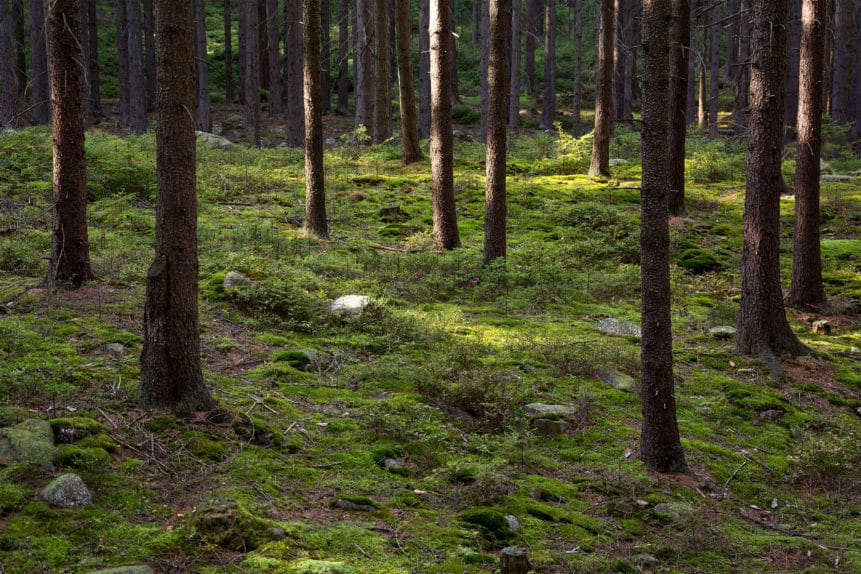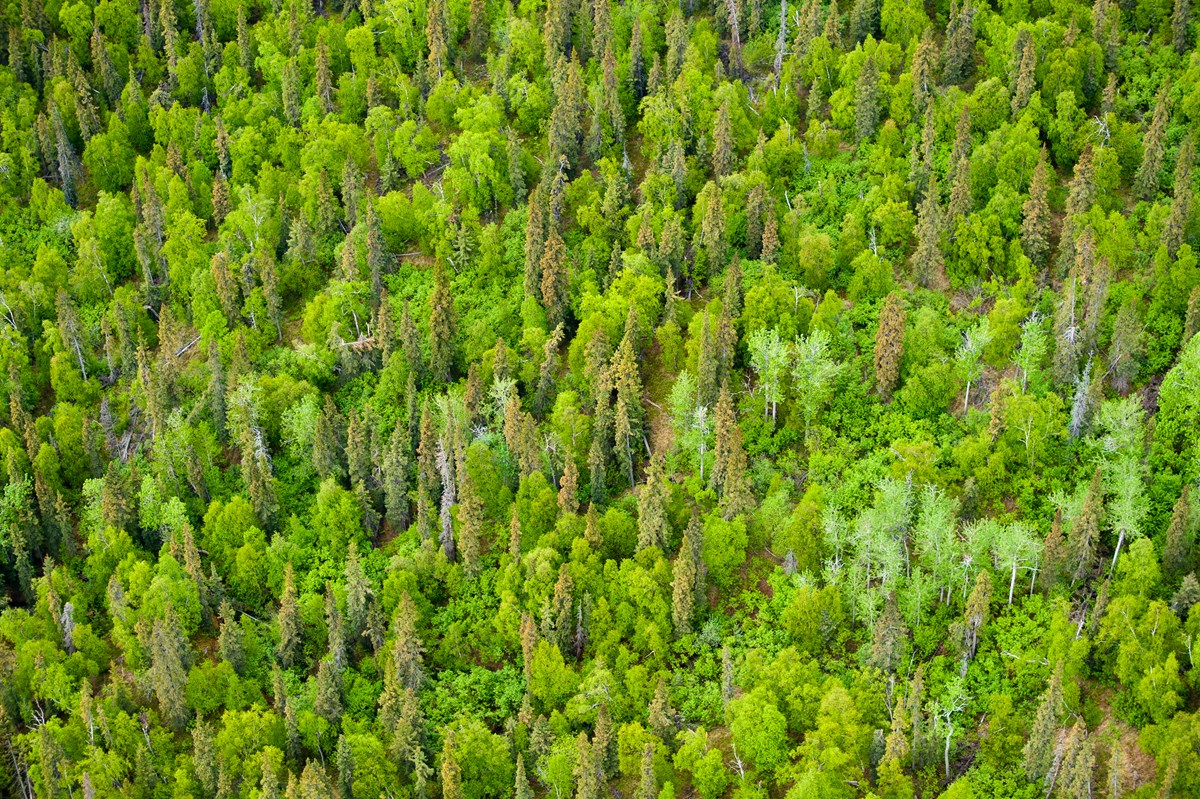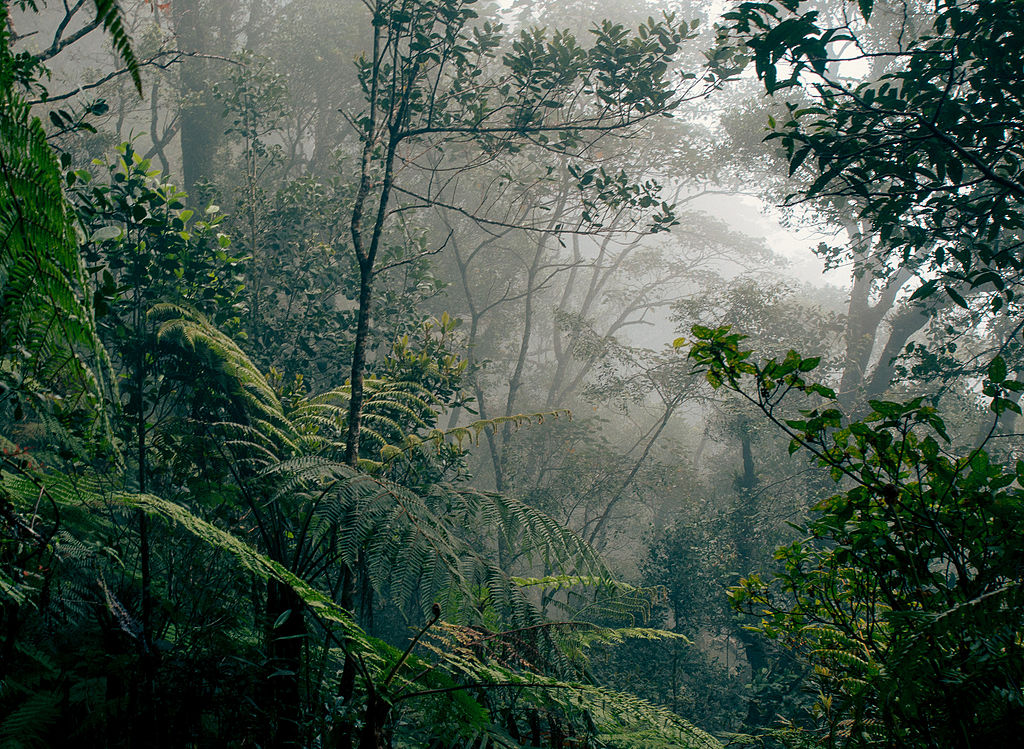
Being terrestrial animals and, in addition to being warm-blooded, we appreciate the shade provided by their leaves and branches during the summer, since a fantastic microclimate is also created under their canopy, which means that the temperature is a few degrees lower than that in a area exposed to the Sun. But we must not forget that we use them to build furniture or make paper on which we will later write our stories.
And yet, deforestation, as well as the introduction of invasive species to different habitats, and even the poaching of some animals, are driving hundreds of tree species to extinction. Therefore, perhaps the time has come to ask how many trees are there in the world.
How many trees are there in the whole world?

Image from National Park Service (USA)
The reality is that it is difficult to know the exact number, but experts can make estimates by looking at the images sent by satellites orbiting the Earth. A) Yes, it is believed that there are about three billion copies. A very high figure without a doubt, but it dwarfs when they tell you that 15 billion are cut down every year.
And not only that: since the beginning of agriculture, about 12 thousand years ago, the total number has been reduced by 46%.
How many are there in Spain?
Spain is a country that could be considered lucky, since despite how much is built and the fires that are caused, it has highly populated areas, such as the fantastic Selva de Irati, in Navarra, which has an area of 17 thousand hectares. Throughout the national territory, it is estimated that there are 7.500 billion trees on 18 million hectares.
What functions do trees have in the ecosystem?
Who else knows the least about the uses that humans give them, but... wouldn't you like to know what functions they fulfill in nature? It is something that we do not usually think about, but I honestly think that we should keep it in mind, because it can be very useful not only to better understand forests and jungles, but also to have better gardens:
They serve as shelter and food for a large number of animals.

Image sourced from Wikimedia/Shiv's photography
Birds and birds, felines as large as the cheetah, insects,… There are many who use some part of the tree as shelter, be it the trunk, the branches, or the root system. Likewise, both the leaves and the fruits are a delicacy for a wide variety of species.
Prevent soil erosion
A land exposed to the sun is a very vulnerable land to erosion, because the wind and the water will drag the earth with it, leaving it little by little without nutrients. But that is something that trees prevent from happening, since the roots fix the soil, and the shade provided by their branches and leaves helps keep the soil moist for longer.
They fertilize the land
When the tree dies Nutrients are released during the decomposition process. that fertilize the soil, something that benefits the plants that are growing nearby or that are about to germinate.
Forests and jungles produce rain

Image sourced from Wikimedia/Dukeabruzzi
In a study published in the journal Atmospheric Chemistry and Physics it is explained that air rises in areas where there is a higher concentration of water vaporlike in the woods. The resulting low pressure, essential for clouds to form, sucks in additional moist air, causing water vapor droplets to fall as rain.
I hope you liked this article.